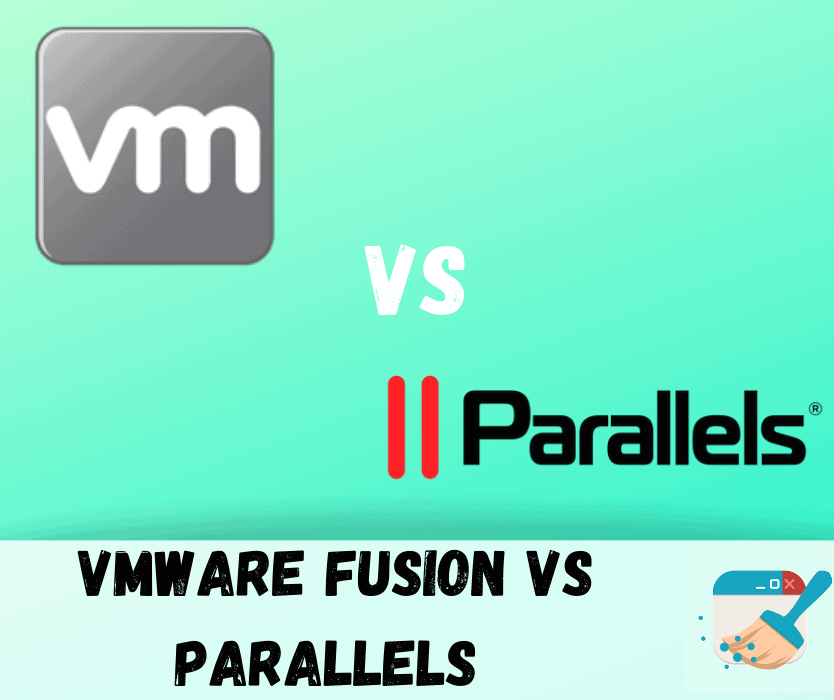


- Vmware fusion 8.5 disk and memory how to#
- Vmware fusion 8.5 disk and memory install#
- Vmware fusion 8.5 disk and memory software#
Press the "Use remaining" button to make it use all the capacity, and then press the "Ok" button: Press the "Add to existing Volume Group" to get it to join the "VolGroup00".Īfter it is done, select the logVol00 under VolGroup00, then press "Edit Properties" button: Launch system-config-lvm, as in the following image, select "Partition 3" under the "Uninitialized Entities", then press "Initialize Entity" button to initialize it.Īfter this partition being initialized, it appears under the "Unallocated Volumes" node:
Vmware fusion 8.5 disk and memory install#
If system-config-lvm is not installed, use this command to install it first: Units = cylinders of 16065 * 512 = 8225280 bytesĬalling ioctl() to re-read partition table. VMware Fusion 6 meanwhile has Windows 8.1 support, support for Apples forthcoming OS X 10. More details on VMware Workstation can be found at.
Vmware fusion 8.5 disk and memory software#
You’ll need a key to license your VMware software (hint: try Google for it and you’ll find. VMware Workstation 10 supports handling up to 16 vCPUs, 8 TB of SATA disks, and 64GB of RAM. Download VMware Workstation for Windows or Linux, or download VMware Fusion for macOS. Set up a Ubuntu Server VM, which can run with as little as 512 MB of guest memory. Last cylinder or +size or +sizeM or +sizeK (1045-2610, default 2610):ĭisk /dev/sda: 21.4 GB, 21474836480 bytesĢ55 heads, 63 sectors/track, 2610 cylinders Set up an Xubuntu instead, which can run with as little as 1 GB of guest memory. Here are the commands and results inside fdisk:įirst cylinder (1045-2610, default 1045): Then you are asked for the last cylinder, the end of the drive is default so you can just press Enter again. Now you are asked which cylinder the partition should start at, the beginning of the drive is the default, so just hit Enter. It asks you for a partition number, enter "3". Then press "p" to create a primary partition. Open virtual machine's settings, select hard disk and click "Utilities" button, and select "Expand": The logical volume /dev/maper/VolGroup00 only has 16% free space. The lvm partition mount as /, and cannot be resized by partition tools such as partition magic or gparted.īefore expansion, as shown below, we were almost run out of disk space: So even if you make serious mistake during the process, you still have all your data.īy default installation, linux virtual machine (Fedora, RHEL or CentOS) has two partitions, one for swapping, and the other one is a lv partition.
Vmware fusion 8.5 disk and memory how to#
How to expand disk capacity for vmware linux virtual machineįirst, make a clone of the vmware linux virtual machine. How to expand disk capacity for vmware linux virtual machin


 0 kommentar(er)
0 kommentar(er)
